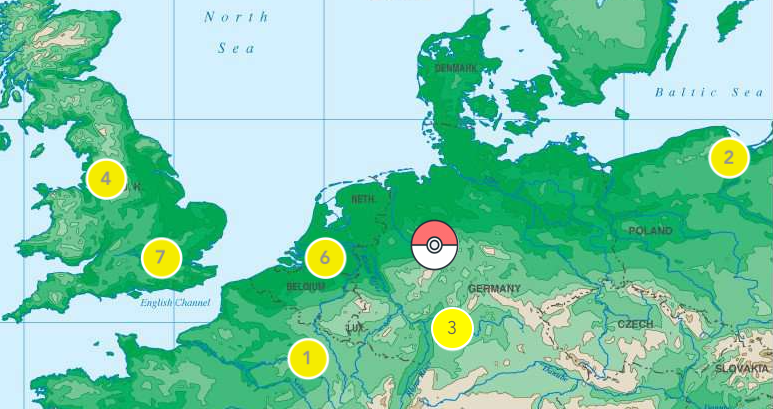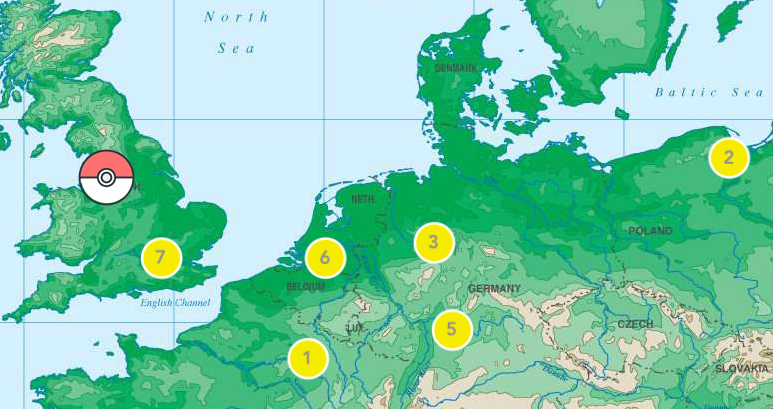This one’s for the teachers
My kids technically started Spring Break this week, which really means that they’re teachers are getting a well-deserved time to step back and hopefully rest & re-energize, which just got me thinking: we’re moving out of emergency mode - that initial sprint to just do something - and into marathon mode where this is the way things are going to be for a while.
Probably the single most important article I read heading into this whole period of craziness was by Brooklyn Raney, in particular remembering this:
In order to survive and thrive young people need: safety and structure, belonging and membership, ability to contribute, self-awareness, control over one’s life, competence and mastery, and a close lasting relationship with an adult.
So this is the point where I want to just quickly speak to the teachers out there as well. Hopefully by now you’ve gotten comfortable with whatever digital tools it is that you’re using and you’ve found some sense of normalcy. In the first wave, the quickest thing to get on top of was the content and knowledge transfer. But now is the time to remember that for most of your students, they don’t see school as a place where they get knowledge (that’s what TikTok is for). For most of them, they come to school because a) they have to, and b) they find value in the identity they’re forming.
Take a look at that list from Raney again. Knowledge isn’t on there. Seat time isn’t on there. Whatever digital tools you’re using, odds are good that they’re designed at best to provide a sense of competence and mastery. Which isn’t to say that the rest of it is on you, as much as it is to say that the next wave of how we learn to thrive is an intentional re-evaluation of the new environment where your students are learning.
Here’s why this is daunting: your classroom is a singular environment that you have a high degree of control over. You know the full spectrum of resources and opportunities available in that space and can think through how to optimize that space for each of your students. Your remote classroom, on the other hand, introduces countless new variables outside your control: who else is in that space, how is the space configured, what materials are there, and on and on. This is why the digital classroom doesn’t map 1:1 to the physical classroom.
You are not a superhero; there’s really no way that you can differentiate for every single one of your students with this many variables in play. So...what can you do?
• Try to get an asset-based view: at the very least, you might be able to understand what the situation is for each of your students and identify what advantages or benefits exist in their current circumstance as well as what challenges are present. Where possible, incorporate their parents or guardians in this to understand how they see the environment. This will also give you a sense of which of your students really need you and what the constraints are that you’re working with.
• Lean into the unique affordances of digital: you’re not running a classroom for 25-30 kids all at once. Can you video record instructions and helpful hints for your students so they don’t need to ask you all the time? Can you schedule small group and 1:1 connections with your students so you can specifically focus on their needs (instead of, not in addition to, large group contact hours)? Can your students create shareable resources? Speaking of...
• Be intentional about how your class is a community where everyone has ways to contribute. From being home with my own kids, I can tell you: your students need peer interactions. Can you create pairs & groupings where they support each other? Can they share activities they’ve been doing that others might enjoy? For secondary school teachers who have multiple sections of the same course, your community can be even bigger - they don’t all need to fit into a single classroom anymore or be able to meet at the same time.
In fact, I want to be intentional about the same - these are some ideas, but I want to open up the question to all of you: what are some strategies for supporting your students remotely (and for the parents, what are some things you’ve seen your kids’ teachers doing that have worked well)? I’ll share the ideas that come through in a future edition.






Member discussion